|
No |
Research Paper and Author |
Page |
|
1 |
Coastline changes detection from Sentinel–1 satellite imagery using spatial fuzzy clustering and interactive thresholding method in Phan Thiet, Binh Thuan Nhi Huynh Yen1*, Thoa Le Thi Kim1 1Ho Chi Minh City University of Natural Resources and Environment; Abstract: The coastline is an important component of coastal management studies. The coastline changes rapidly over time, therefore it is necessary to have methods of monitoring the shoreline quickly and continuously. In this study, Sentinel–1A satellite imagery is used to extract the coastline in Phan Thiet City. The boundary between land and water is determined by a two–step process: fuzzy clustering and interactive thresholding. Subsequently, the coastline in the study area was extracted into vector form. Finally, this shoreline is compared to manually digitized shoreline. There are 350 locations considered to determine the distance between two shorelines, of which 274 locations (77%) are 0 to 5 m (equivalent to ½ pixel) and 76 (23%) locations are over 5 m. In addition, the DSAS statistics has also provided a detailed view of the seasonal change of shoreline for two years (2016 and 2017). The study results showed that effective application capabilities of Sentinel–1A radar satellite image data to quickly assess the erosion/accretion of coastal areas. Keywords: Shoreline extraction; Sentinel–1A; Fuzzy clustering; Interactive thresholding. |
1 |
|
2 |
Responding to Climate Change at Provincial Level in Viet Nam Huynh Thi Lan Huong1*, Vu Duc Dam Quang2, Tran Thi Thanh Nga2 1Viet Nam Institute of Meteorology, Hydrology and Climate Change, Ministry of Natural Resources and Environment, Viet Nam; 2Department of Climate Change, Ministry of Natural Resources and Environment, Viet Nam; Abstract: Responding to climate change at the local level plays an important role in building resilience and supporting the implementation of the National Climate Change Plan. Due to its geopolitical characteristics, Vietnamese provinces developed their own climate change action plans, taking the climate change impacts on that province, its financial capacity, and the homogeneity of the provincial plan with the national action plan into consideration. Currently, in the world, there are very few studies on assessing the implementation of climate policies at the local level as well as their effects on the national climate policies. From that perspective, this paper aims to fulfill that existing gap by assessing Viet Nam’s city/provincial efforts on climate change response and their contribution to the national goals. The assessment applied both top–down and bottom–up approaches which is a combination of the review of legal documents and results of the implementation of 63 cities/provincial climate change action plans (PAPCs) and their relevance to the national goals. The study uses information from the PAPCs of 63 provinces/cities in Viet Nam to analyze their goals, content, and results to achieve the goals as set out in the National Strategy on Climate Change. On that basis, it was shown that in the coming time, it is necessary to further strengthen the coherence during the development process of central, ministerial, and local action plans in order to achieve the national goals to respond to climate change, contributing to the implementation of the Paris Agreement on climate change. Keywords: Provincial action plans to respond to climate change; Impacts of climate change. |
11 |
|
3 |
Studying the extent of scarcity of surface water in Lam Dong according to the socio–economic development plan up to 2030 Nguyen Thi Hang1*, Phan Le Thao Nguyen2, Nguyen Ky Phung3 1,2 Industrial University of HoChiMinh city; 3 Ho Chi Minh Department of Science and Technology; Abstract: Studying and assessment the scarcity of surface water resources in Lam Dong province based on the Socio–Economic Development Plan to calculate and forecast the water demand towards 2030 for economic sectors in the region, and based on this basis to calculate the extent of water scarcity occurring in this area by space and time using the calculation and classification method of Pfister (2009) combined with the GIS–RS mapping method. The results show that, the total water use demand of all sectors in the province in the period of 2018–2030 is forecasted to increase at a stable rate of about 6.5%. Although the total amount of surface water in the province is relatively plentiful, it can meet the demand for national economic sectors; However, water scarcity in the province still occurs in the dry season in some districts or cities. Keyword: Water resources; Surface water resources; WSI; Lam Dong. |
26 |
|
4 |
Riverbank movement of the Mekong River in An Giang and Dong Thap Provinces, Vietnam in the period of 2005–2019 Tran Thi Kim1,2, Phung Thi My Diem1, Nguyen Ngoc Trinh1, Nguyen Ky Phung3, Nguyen Thi Bay4,5* 1Ho Chi Minh City University of Natural Resources and Environment; 2Institute for Environment and Resources, Vietnam National University Ho Chi Minh City; 3Institute for Computational Science and Technology; 4Ho Chi Minh City University of Technology; 5Vietnam National University Ho Chi Minh City; Abstract: The development of remote sensing and Geographic Information System (GIS) techniques have given a substantial contribution to environmental studies in general and riverbank movement in particular. It helps the monitoring and calculation of the riverbank movement carried out more quickly and effectively. In this study, Alesheikh’s method was used to classify the riverbank based on the multi−time Landsat image. The riverbank changes in Tan Chau in the period 2005−2019 were estimated. At the same time, the rate of riverbank change in An Giang and Dong Thap Provinces was calculated in this period by using the Digital Shoreline Analysis System (DSAS), an extension tool of GIS. The results showed that the process of erosion and accretion alternately occurred during the period 2005−2019 and most of the main river branches were eroded. The assessment of riverbank movements using multi−time remote sensing materials contributes a vital role in the management and protection of the shoreline for the socio−economic development planning in the region. Keywords: Remote sensing; GIS; Landsat image; DSAS; Riverbank. |
35 |
|
5 |
Development of a framework for climate change adaptation actions’ effectiveness evaluation Vu Duc Dam Quang1, Huynh Thi Lan Huong2* 1Department of Climate Change; 2Viet Nam Institute of Meteorology, Hydrology and Climate Change; Abstract: This paper presents the development of a framework for effectiveness evaluation of climate change adaptation actions. The top–down approach was used to develop criteria for evaluating adaptation actions at national level and their effectiveness in enhancing adaptive capacity at provincial level. The bottom–up approach was used to develop criteria for evaluating the results of adaptation actions at provincial level and their effectiveness in achieving the national adaptation objectives. The criteria are expected to be part of the results–based climate change adaptation monitoring and evaluation system to be developed for Viet Nam. Keywords: Climate change; Adaptation actions; Criteria for effectiveness evaluation; Monitoring and evaluation (M&E) framework. |
46 |
|
6 |
Artificial intelligence (AI) application on plastic bottle monitoring in coastal zone Huu Tuan Do1*, Anh Duy Tran1, Lan Anh Phan Thi2, Thuy Hanh Pham1 1Faculty of Environmental Sciences, VNU University of Science, Vietnam National University, Hanoi. Add: 334 Nguyen Trai Street, Thanh Xuan District, Ha Noi, Viet Nam; 2VNU Key Laboratory of Analytical Technology for Environmental Quality and Food Safety Control (KLATEFOS), VNU University of Science, Vietnam National University, Hanoi. Add: 334 Nguyen Trai Street, Thanh Xuan District, Ha Noi, Viet Nam; Abstract: Plastic bottle is using everyday causing critical problems to environment, especially sea environment. A large number of plastic bottles come back to continent from sea by wave and stuck at coastal zone. Plastic waste in general or plastic bottle in particular has bad effects on coastal ecology. Artificial intelligence (AI) is widely applied in many fields, including environment. In this research, we developed a plastic bottle waste detection AI model by using Python, Yolo3, TensorFlow, ImageAI to detect and monitor plastic bottles in a coastal zone. Thousands of photos have been used to train the AI model for increasing detection accuracy. An AI model for plastic bottle detection has been built. The AI model then was applied to monitor plastic bottle waste in a coastal zone. The results showed that AI could detect plastic bottles from video sources better than from photo sources. The AI detected 68.52% sample bottles from photo sources while it could detect 100% a single bottle and 96.05% multiple bottles from video sources. Color bottles were detected better than transparent bottles. The research found that AI is an efficient tool to monitor plastic bottle in a coastal zone. It can automatically monitor and detect plastic bottles at a beach or floating bottles on sea surface. Keywords: plastic bottle, AI, artificial intelligence, plastic monitoring |
57 |
|
7 |
The Economics of Water Resources: A Review of Recent Research Ha Duong Vo1*, Hong Son Duong1, Tra Van Tran1 1Water Resources Institute (WRI). Add: 8 Phao Dai Lang Street, Dong Da District, Ha Noi, Viet Nam; Abstract: Water is essential for human survival and all human activities. It is also widely accepted that there is a growing demand for water due to socio–economic development while there is a shrinking supply due to global climate change. The finiteness and increasing shortage as well as scarcity of water have thus created worldwide water related problems. However, in the past, the management and allocation of water resources global have been far from optimal. Both water quantity and quality have been deteriorating at an alarming rate, and without proper water resources management and allocation practices in place to tackle this situation, water shortage and depletion would be inevitable in the future. The failure of proper management and allocation in the past was mostly attributed to the failure to understand the true nature of water as an economic good. Compounding to the problem, water is a special economic good as it can be both a private and a public good depending on its source and use, thus requiring special market–based mechanisms in place of a pure command–and–control approach in management and allocation. This paper provides up–to–date information on the research of water resources economics through the review of more recent advances in concepts and policies. Through the improved understanding, it is expected that better management practices could be established for the sustainable management and allocation of water. Keywords: Water; Water economics; Economic policy; Water management. |
68 |
|
8 |
Application on shallow neuron network (SNN) in flood forecasting, case study in Vu Gia Thu Bon river basin Van Anh Truong*1, Nguyet Minh Hoang Thi1, Ngoc Minh Vu Thi1 1Hanoi University of Natural Resources and Environment, Vietnam. Add: 41A Phu Dien Street, Bac Tu Liem District, Ha Noi, Viet Nam; Abstract: Flood forecasting is one of the most important thing for flood prevention. Upto date, there are many techniques that can be used for this work, from simple ones like linear regression model (AR, ARX, ARMA, etc.) to very comlex models like hydrological and hydrodynamic models). Recently, Artificial Inteligent (AI) become an cleve approach for many field including hydrological forcasting. Shallow neuron network is one of a simplest algorithm of AI but it can help to get a great result of forcasting problem due to its non– linear and automata technique. This paper present the test on applying Shallow neuron network for flood forcasting in Vu Gia Thu Bon river basin. The result show comparetable with the complex hydrological and hydraudynamic model. Keywords: Artificial Inteligent; Flood forrecasting; Shallow neuron network; Vu Gia–Thu Bon; Machine learning. |
79 |


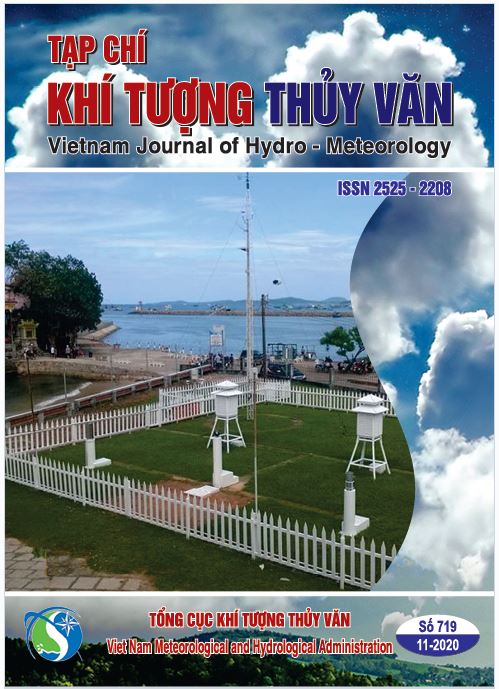




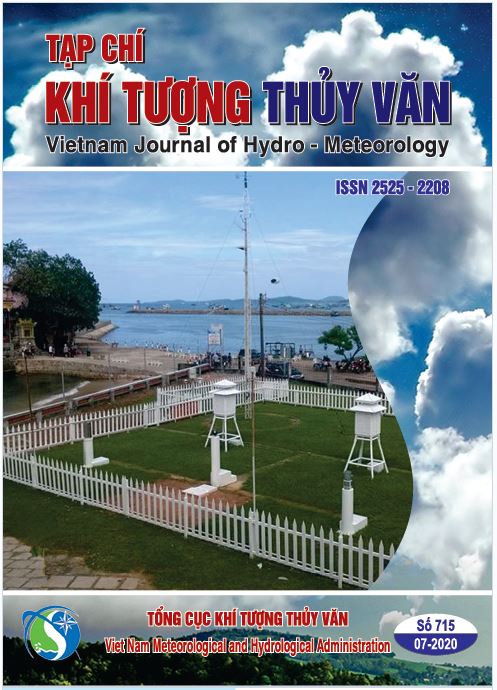

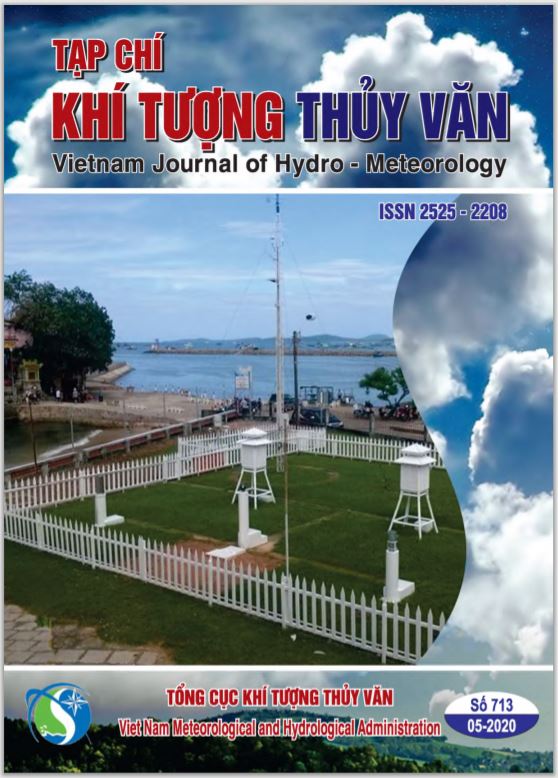
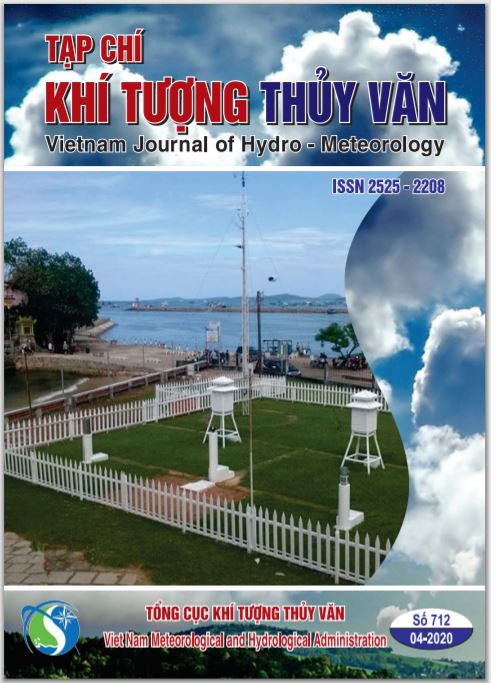


 Tổng cục Khí tượng Thủy văn vừa ban hành Quyết định số 1532/QĐ-TCKTTV về Kế hoạch “Phổ biến, giáo dục pháp luật và truyền thông chính sách có tác động lớn đến xã hội trong quá trình xây dựng văn bản quy phạm pháp luật về khí tượng thủy văn năm 2025”
Tổng cục Khí tượng Thủy văn vừa ban hành Quyết định số 1532/QĐ-TCKTTV về Kế hoạch “Phổ biến, giáo dục pháp luật và truyền thông chính sách có tác động lớn đến xã hội trong quá trình xây dựng văn bản quy phạm pháp luật về khí tượng thủy văn năm 2025” 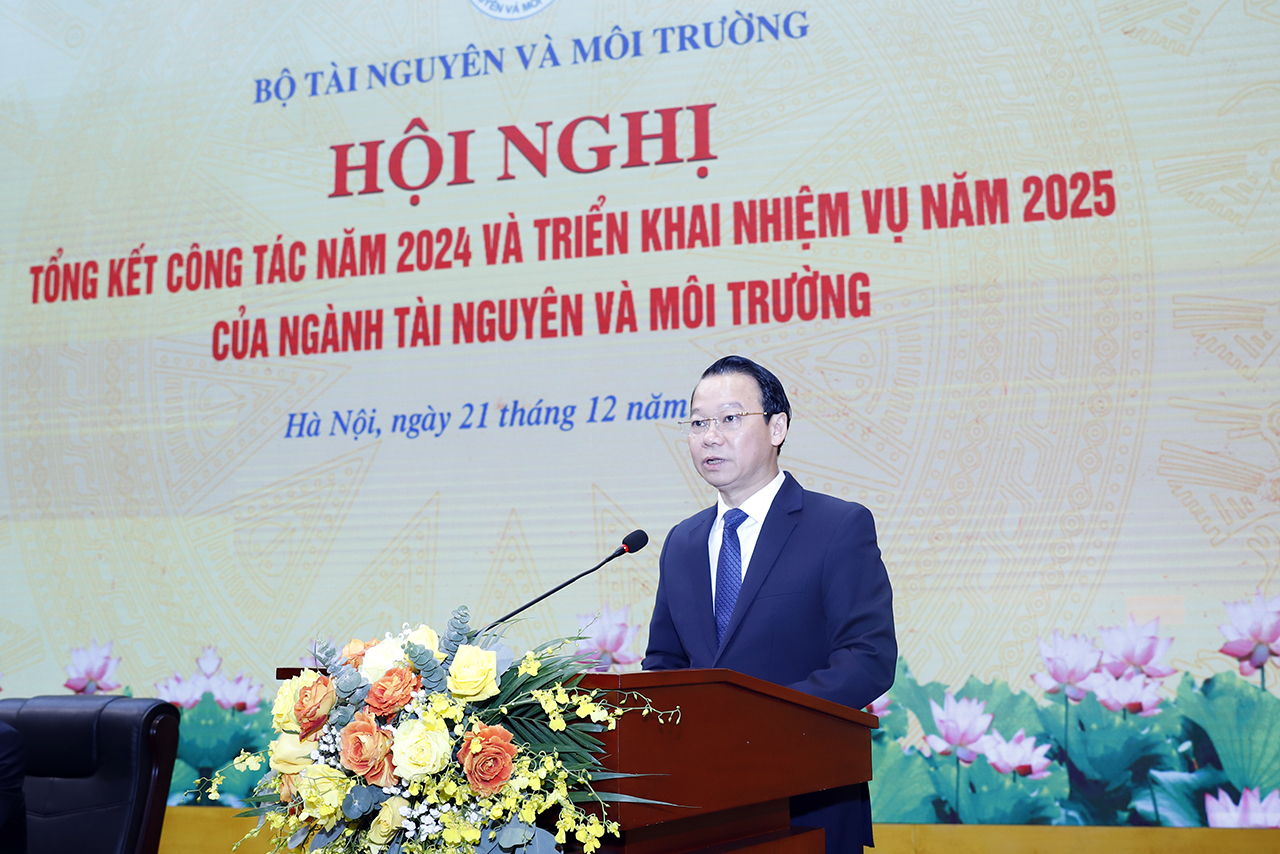
.jpg)
.jpg)
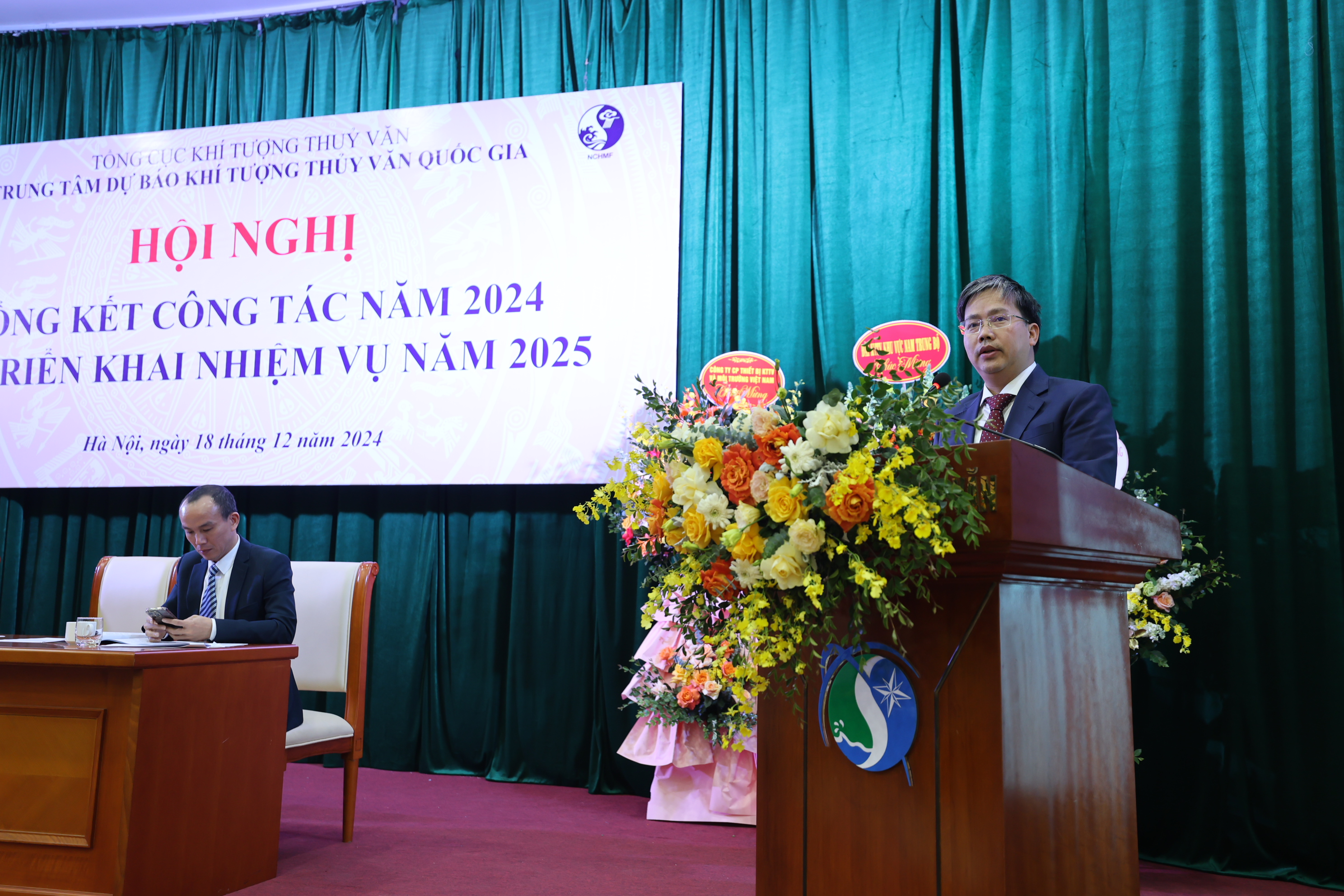
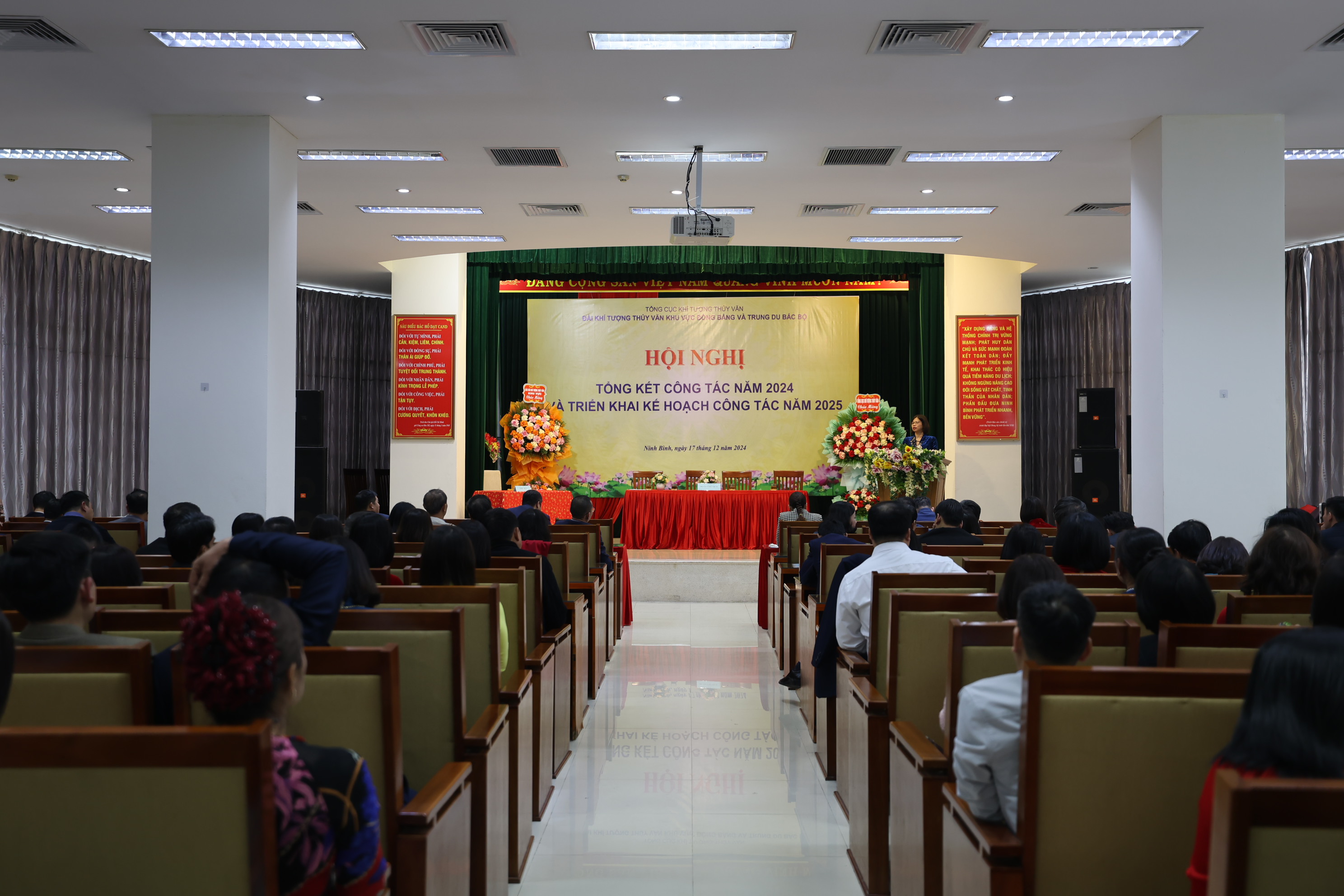
.jpg)
.jpg)